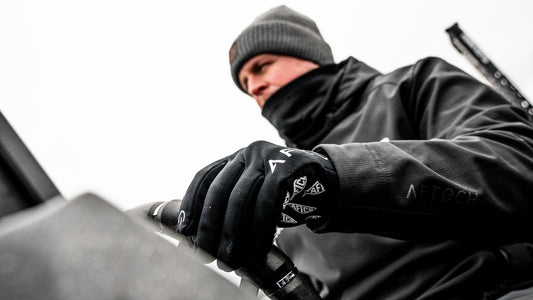
AFTCO and FishUSA Partner To Support GLATOS, Fisheries Research
Who is GLATOS?
The Great Lakes Acoustic Telemetry Observation System, known as GLATOS, is a bi-national network of researchers who study how different fish species behave in the Great Lakes. Researchers capture a number of fish, surgically implant an acoustic telemetry tag, and release the tagged fish back into the water. The tag tracks each fish's movement over time and transmits information to acoustic receivers placed throughout the Great Lakes.
What is fish tagging?
Fish tagging is one of the best ways to learn information from fish such as movements, behaviors and growth. There are different kinds of fish tracking chips and tags and different fish tagging methods researchers use. When research needs to be done, a question is asked to see what they want to learn. If it has to do with growth, often the fish is tagged with a small external tag. When another angler catches the fish, they call the company and can relay information like where they caught it and how big it was. That tells the researcher if the fish traveled far from the initial capture and if it grew since they tagged it. This can be limited by tags falling off or by anglers not reporting the tags.
For more extensive information, acoustic telemetry tags are often used. This is where GLATOS excels. Acoustic telemetry tags are surgically implanted into a fish. They are electronic and emit small signals that can be picked up by local acoustic telemetry receivers. When the fish swim passed the receivers at different distances, the researchers can track full movements by the fish and learn a lot about how the fish behave and where they migrate to at different times of the day, season and year.
Once this information is gathered, different discoveries are made and relayed to management groups in charge of making decisions to benefit not only the resource but the fisherman that utilize them.
Walleye Fish Tagging
Sport and commercially important Walleye have a need for this information to make balanced and effective decisions for the populations within the Great Lake chains. AFTCO can play a part in this with quality walleye clothing getting sold and donations being made to GLATOS to continue their fish tagging research that will ultimately benefit the walleye angler.






